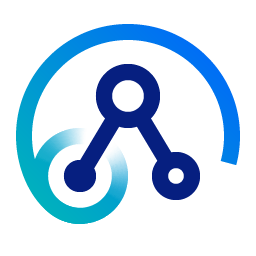| APPCONNECT | |
 | User Registry Request Nodes, Supported Actions |
|
Recently I have been working with IBM AppConnect Designer in Software and the connectors for LDAP and Active Directory. There are three connectors that need to be considered here
|
|
|
|
|
|
MQ | MQ Get the last GET and PUT Datetime |
| Guest Post by Alamelu Nagarajan Chris Phillips | |
|
One of my customers was writing a script to detect when the last message was got from an MQ QUEUE. |
|
|
|
|
| API CONNECT | |
 | Replacing a member from Gateway Service |
| Guest Post by Chris Phillips Eric Fan | |
|
When running an APIConnect Gateway outside of Kubernetes it is often required to replace a DataPower VM or physical appliance. These steps listed here what is suggested as the process for completing this. |
|
|
|
|
|
Me | So here we go again - Showtime 10 Blue Butterflies |
|
This weekend is my second dance show weekend where I am performing. My elder daughers have done the last six or seven Showtime events with Blue Butterflies. For what ever reason I volenteered to join last year and I performed March. https://chrisphillips-cminion.github.io/apiconnect/2025/03/15/StageTime.html
Well here we go again! Three shows to go! |
|
|
|
|
| API CONNECT | |
 | Parsing multipart/related without gateway script |
|
It is possible to parse an API request that has a The key thing here is having two parses.
|
|
|
|
|
| API CONNECT | |
 | Fixing a GatewayService with an invalid image |
|
When applying an image override for the GatewayService human errors can sneak in. If there is a mistake in the image path causing it to be invalid the StatefulSet under the GatewayService will have two |
|
|
|
|
| API CONNECT | |
 | Enabling the DotDot feature |
|
DataPower has a number of features that can be enabled in API Connect with Gateway extensions. One of these is the DotDot feature that |
|
|
|
|
| API CONNECT | |
 | Special Builds, how to use the internal OCP Image Registry |
| Guest Post by Chris Phillips JP Schiller | |
|
Occasionally you may need to be given a special build from IBM containing fixes for a KnownIssue before they are shipped in a fixpack or a build which can be used to gather additional diagnostics. This is something I try to avoid but if support require additional diagnostic information it is often required. |
|
|
|
|

|
| ABOUT | APICONNECT | API | DATAPOWER | OPENSHIFT | EVENTSTREAMS | INTEGRATION | DAY2-OPS | ACE |




